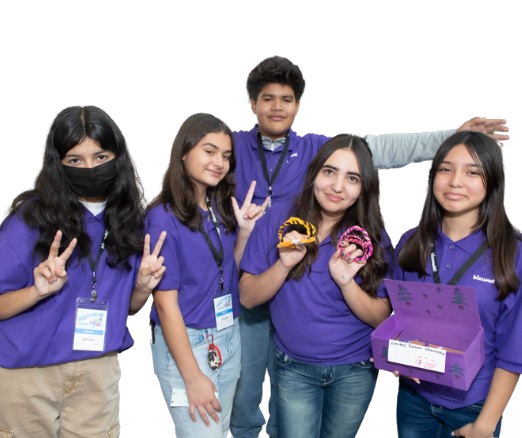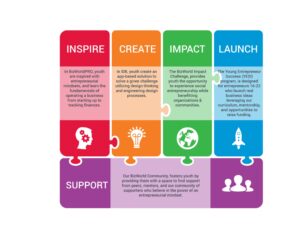In today’s fast-paced, visually-driven world, engaging students in a way that resonates with them is key to effective teaching. One tool that has gained significant attention for its potential to transform the classroom experience is GoAnimate for Schools, now known as Vyond for Education. Vyond, a robust animation tool for schools, enables educators to create dynamic and interactive animated content that can enhance lesson plans, improve student engagement, and simplify complex concepts. This article explores how GoAnimate animation software has evolved into Vyond for education, how it benefits educators, and why it’s a game-changer for teaching. What is Vyond for Education? Vyond for Education is a comprehensive animation software platform designed specifically for educational settings. It empowers teachers and students to create customized animated videos that are not only engaging but also effective at conveying educational material. Teachers can use Vyond to create animated lesson plans for teachers, explainer videos, tutorials, and interactive assignments, making learning more engaging and memorable. With its intuitive interface, even those with no prior animation experience can quickly produce professional-looking animations tailored to their classroom’s needs. How Does Vyond Animation Tool for Schools Work? The Vyond animation tool for schools is versatile and user-friendly. Teachers can choose from a variety of templates, characters, and backgrounds to create animated scenes. This allows for the creation of animated videos for school that represent complex topics or bring stories to life in a way that text alone cannot. The platform offers a range of features: By utilizing these features, educators can bring a creative, visual approach to traditional teaching methods, ensuring that learning is not only more accessible but also fun and exciting for students. Benefits of Using GoAnimate (Vyond) in the Classroom There are many benefits of using GoAnimate in the classroom (now Vyond), particularly when it comes to creating an interactive, dynamic learning environment. Below are some of the key advantages: Vyond Animation for Teachers Vyond animation for teachers is not just about creating fun videos – it’s about maximizing teaching effectiveness. Teachers can use Vyond for a wide array of purposes, including: Create Animated Videos for School Educators can create animated videos for school on virtually any subject matter. Whether it’s an animated history lesson that brings past events to life or a science video that shows how the human body works, Vyond allows for limitless possibilities. The process is simple and intuitive: The flexibility of Vyond makes it easy to create content that suits your teaching style and your students’ needs. Animation Tools for Teachers Vyond offers a set of powerful animation tools for teachers, such as: These tools are designed with educators in mind, enabling them to create professional-looking content without needing any advanced animation skills. GoAnimate Education Platform: A New Era of Teaching The GoAnimate education platform, now Vyond, is transforming how educators interact with students. Vyond’s emphasis on creating visual, engaging content for teaching ensures that educational materials are more interactive, memorable, and accessible. With an increasing number of schools embracing digital tools for learning, Vyond is at the forefront of this movement, offering an intuitive platform that is widely accessible to educators of all experience levels. BizWorld: Bringing Business Skills to the Classroom In addition to its educational animations, Vyond also offers a BizWorld program that helps young students learn essential business concepts through interactive content. BizWorld empowers students to understand how companies are formed, how products are developed, and how marketing campaigns work – all through the creation of animated scenarios. Teachers can use BizWorld to integrate business concepts into classroom discussions, offering students a unique, hands-on learning experience. By using animation, BizWorld makes learning about business concepts fun and engaging for younger audiences. Conclusion GoAnimate for Schools, now known as Vyond for Education, has evolved into a powerful tool that educators can use to revolutionize their teaching strategies. With its intuitive platform, customizable characters, pre-made templates, and interactive features, Vyond provides a valuable resource for creating engaging and educational videos. Whether used to explain complex topics, create animated lesson plans for teachers, or engage students with fun animations, Vyond is reshaping the educational experience. The benefits are clear: increased student engagement, simplified learning, and enhanced creativity. For teachers looking to take their lesson plans to the next level, Vyond offers a unique, accessible, and effective solution. By embracing the power of animation, educators can ensure that their lessons are both impactful and memorable for the next generation of learners.











